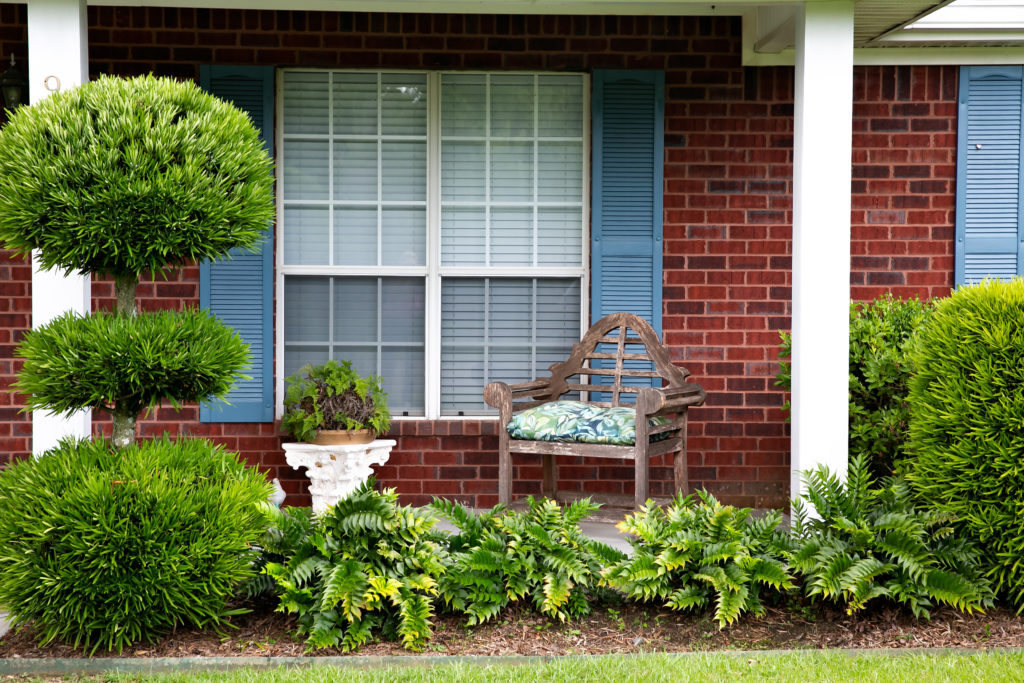Bowed Brickwork
Bowed brick is seen when the brickwork on your exterior wall either protrudes out or bends inward in certain areas. In most cases, the cause is moisture seeping in behind the bricks. This can warp the masonry, forcing the bricks to push out, or the structure behind the bricks can soften, allowing the bricks to sink inward.
Vertical Corners Cracking
Foundation cracks are a concern but vertical cracks are not as troublesome as you might think. Finding cracks in your foundation that are within 30 degrees of vertical in either direction is nothing to worry about. However, vertical cracks can allow water to leak in during heavy rains, which could cause your masonry to bulge.
Compacted Bricks
Compacted bricks are quite easy to spot, as they can appear bowed or cracked. This problem causes a couple of concerns. First, it creates an entry point for water to penetrate. Second, if you have one compacted brick, it can quickly lead to more because the bricks around it in the masonry are no longer supported properly to remain true.

Efflorescence and Staining
Efflorescence occurs when soluble salts wick through concrete and come out of the outer pores of the masonry to make the brickwork look stained.
Mortar Deterioration
The mortar that acts as the glue between your bricks can begin to buckle or crumble. When this happens, the bricks on your masonry can loosen and rub against each other, resulting in further damage and warping. At this point, your masonry repair costs can increase dramatically.
Spalling at the shelf angle
Spalling at the shelf angle is a common problem that can happen in older homes or buildings. It’s caused by corrosion of the shelf angle, which means that its metal is chipping away and exposing the bricks to moisture. When this happens, it can cause spalling of the bricks themselves—and that can be very bad for your building.
A shelf angle function is to split the weight of the bricks between the ground and the building. If there’s corrosion in this area, though, it can weaken or even fail—and then all your weight will fall straight down onto your foundation.






